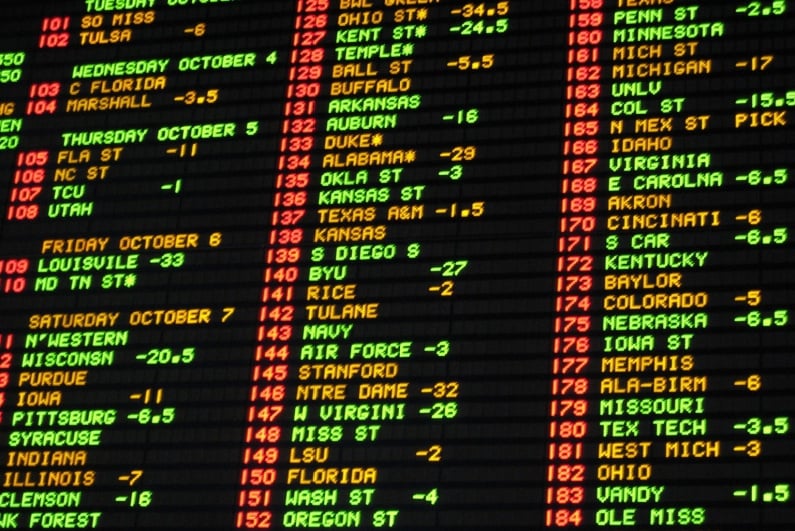As the festive season draws closer, homes across the world come alive with the warm glow of Christmas lights, transforming ordinary streets and neighborhoods into enchanting winter wonderlands. But all that twinkling raises the question: just how much energy does this festive tradition consume?
we’ve revealed the use of Christmas lights around the UK
To find out, the team here at VegasSlotsOnline has calculated the average use of Christmas lights around the UK, multiplying energy use and electricity costs by the average number of days Brits have their Christmas decorations up. Based on these calculations, we’ve revealed the use of Christmas lights around the UK, as well as their estimated cost and carbon footprint.
The use of Christmas lights in the UK
There are an estimated 23,970,000 households in the UK who put up a Christmas tree during the festive period. Assuming Brits decorate their trees with two strings of lights, that’s nearly 24 million trees using 0.08 kilowatt-hours (kWh) of electricity per hour.
Based on an average 33-day period of having decorations up, with lights lit for an average of six hours per day, our calculations reveal that the typical household in the UK uses 15.84 kWh of electricity on their Christmas tree lights during this time.
collectively consume an eye-watering average of 379,684,800 kWh
Looking on a larger scale, we estimate that the UK’s Christmas tree lights collectively consume an eye-watering average of 379,684,800 kWh of electricity over the holidays. This is equivalent to the annual energy consumption of more than 140,000 households.
The cost of Christmas lights in the UK
The collective glow of Christmas trees across the UK comes with a hefty price tag. With energy costing £0.34 ($0.43) kWh and the average household consuming 0.48 kWh of electricity per day to power their festive display, this translates to an average expenditure of £5.39 ($6.81) ( over a 33-day period.
a staggering £129m ($163m) spend across the UK.
Multiply that figure by the 24.2 million households with Christmas trees, and you get a staggering £129m ($163m) spend across the UK. That’s a lot of money for a few twinkling lights!
This figure is based on an average consumption of 0.48 kWh, which is relatively efficient considering the wattage of traditional incandescent lights. If we switch to energy-efficient LED lights, we can expect this cost to plummet even further.
In fact, Oxford Street’s famous Christmas lights display made the switch to LED in 2022 in an effort to save energy. The display used 300,000 LEDs made from recycled polymer, which are believed to be 75% more energy efficient than standard light bulbs.
The carbon footprint of the UK’s Christmas lights
As well as the financial burden of our Christmas illuminations, there’s also a hidden environmental cost to this enchanting display.
the equivalent of driving a car for over 440,736,195 miles
According to our estimates, the energy used to power the UK’s Christmas lights emits a staggering 97,578,994 kilograms of CO2 over a 33-day period. That’s the equivalent of driving a car for over 440,736,195 miles, which is far longer than the longest car route in the world, the Pan American Highway. This spans the North and South American continents, from Prudhoe Bay in Alaska to the southernmost city in the world Ushuaia in Argentina. It’s a distance of 19,000 miles.
97,578,994 kilograms of CO2 also equals 1,561,263,898 cups of tea (one kilogram of CO2 is the equivalent of 16 cups).
How to make your Christmas lights more energy efficient
While the thought of giving up our beloved lights might seem like a Grinch-like move, there are simple and effective ways to reduce their environmental impact, ensuring that our festive cheer doesn’t come at the cost of our planet’s well-being.
Embrace LEDs
Traditional incandescent bulbs are notorious energy guzzlers. They convert only about 10% of their energy into light, with the remaining 90% wasted as heat. This inefficient conversion translates into higher energy consumption and, consequently, a larger carbon footprint.
Meanwhile, LED bulbs convert up to 95% of their energy into light, making them up to ten times more efficient than their incandescent counterparts. You can find LED Christmas lights in a variety of colors and styles, so you can still create the festive look you want without using a lot of energy.
Use a timer
This is a great way to make sure your lights are only on when you’re home to enjoy them. You can set a timer for your lights to come on in the evening and turn off at bedtime, or you can even get a timer that will turn your lights on and off at random intervals throughout the day.
Decorate your tree with fewer lights
You don’t need to cover your tree with lights to make it look festive. A few strategically placed lights can make a big impact. You can also use different colors and sizes of lights to create a variety of effects.
By following these tips, you can help reduce your carbon footprint and save money on your energy bill this holiday season.
____________________________________________________________________________
Methodology and sources
We calculated the average use of Christmas lights as well as the price for electricity and multiplied this by the average number of days Brits have their Christmas lights on.
To calculate the use of Christmas lights, the following sources were used: Ideal Home, ONS, pickyourownchristmastree.org.uk, Country Living and Wales Online.
To calculate the cost of Christmas lights, the following sources were used:
Energy Guide and pickyourownchristmastree.org.uk.
To calculate the carbon footprint of Christmas lights, the following sources were used: Energy Guide and Our World in Data.




